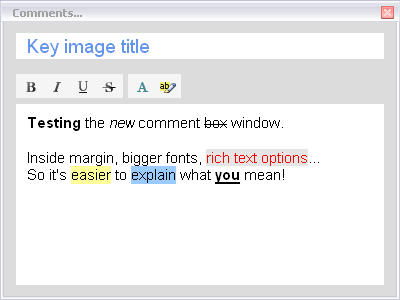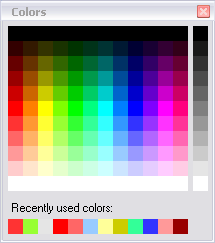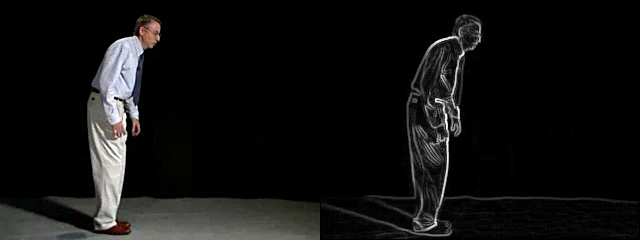This is an experimental version : it needs your feedback to improve itself.
The installer is available here: [s]Kinovea.Setup.0.8.9.exe[/s] Kinovea.0.8.10 thread is up.
I think there is many exciting stuff in this release, the most important being :
Dual Export
When in "Two Players" view, you can export combined snapshots and combined videos (synchronized). Use the export buttons on the lower right.
Now go post them on YouTube ![]()
Capture screen
Incubating for a long time, it's time for the capture screen to make its debut.
It's far from feature complete, but this is on purpose. Your feedback will drive the additions / improvements ![]()
What you should be able to do: snapshot, recording to file, drawings, (including grids and the new observational references).
What you can't do yet: delay live, browse recent frames.
Only tested with a basic DV camcorder and a half broken webcam. So please report success / failures here.
(for ideas and suggestions -> in this thread.)
Rich text in comments
Bold, Highlight color, etc. for the comments, as seen in this thread.
Icons all over the place in the menus
I feared it would be distracting, but in the end I think it's a nice improvement. Most icons are coming from the popular Silk set or were derived from them.
Snapshot: the new comment box.


